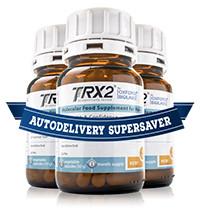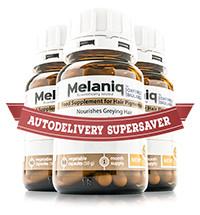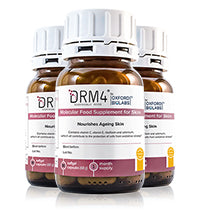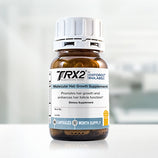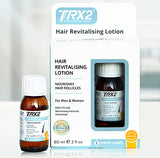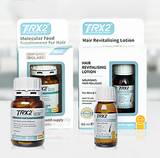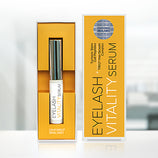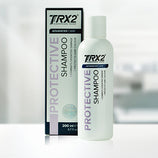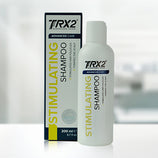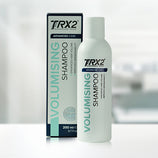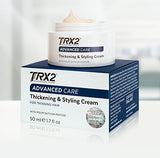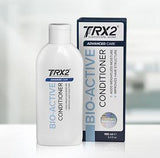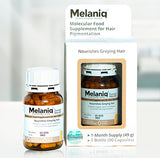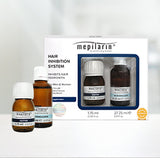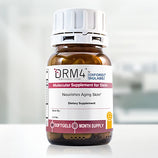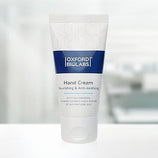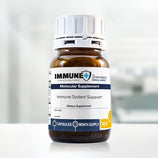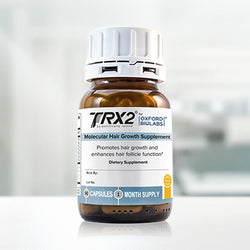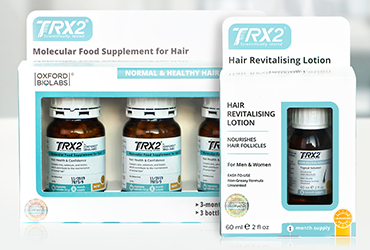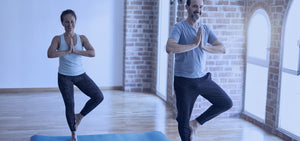Learn how to get a safe tan this summer
The summer season is once again upon us, which means it is time to start looking for beach holidays, summer outfits and tanning opportunities. Many people will do anything to accelerate their summer tan but do not realise the dangers in doing so. One common way is to spend a couple of hours under a powerful indoor sun tanning bed which will give them that sought after bronze tan. But at what cost? Why are these beds so dangerous? Is there a healthy way to tan?
Tanning is a process where the skin darkens by exposure to ultraviolet radiation (UV) either by the sun or artificial sources. In moderation, this practice can produce darker skin tones but in excessive amounts, can lead to dangerous consequences.
Skin Cancer and Sun Tanning
Skin cancer is becoming more and more prevalent among frequent skin tanners because of the large exposure to ultraviolet radiation. Despite what people’s perceptions are of the beauty of a tan (more than 80 percent of students view movie stars as tanned and almost 60 percent see "tanned" people as better looking) is it really worth the associated risks?
Studies have shown that increased tanning both indoor and outdoor has led to higher rates of people developing skin cancers as a result of higher exposure to ultraviolet radiation. Looking more specifically at indoor tanning, sunbeds are extremely dangerous for our bodies. Using sun tanning beds before the age of 35 can increase your chance of developing melanoma by 59% - even one use can increase one’s chance of obtaining melanoma by 20%, squamous cell carcinoma by 67% and basal cell carcinoma by 29%.
Even more concerning is the impact these indoor sunbeds have on our younger population. If teenagers are using these sunbeds from an early age, they will have a very high chance of having skin issues later in life such as visible skin damage, age spots, and changes in skin texture.
It is crucial to be regularly tested for skin cancers by a healthcare professional if one is in the habit of using tanning beds or is a regular outdoor tanner. Diagnosing cancer as quickly as possible will massively increase successful cancer treatment.
Is there a healthy way to tan?
Essentially, getting a healthy tan comes down to logical steps of what to do and what not to do.
- Stay hydrated! - Being in the sun for a long period of time will cause a lot of sweating, and it is important to keep water levels topped up to stave off headaches, heat stroke, and keep bodily functions working well.
-
Avoid prolonged exposure - It isn’t good to stay for a long time under the sun’s rays as this will lead to a higher risk in sunburn which is often a painful experience. Stay up to an hour in the sun and then catch some shade instead, it is important that one’s internal temperature is lowered to avoid cell damage.
-
Use sunblock! - Different sun protections factors offer different levels of protection and correspond this with the intensity of the sun on a respective day. Regardless, it is vital to cover the entire body and regularly make sure one is fully protected at all times from burning. When swimming, reapply it after getting out. However, there is no guarantee that with using sunscreen there is no potential risk of cancer.
-
Moisturise - Skin needs to be hydrated at all times if it is going to be under the sun’s scrutiny for hours. Moisturising will keep skin healthy and allow that tan to form more quickly.
- Switch positions - No one wants a one-sided tan, to avoid this make sure to roll over and tan the other side for a half an hour or simply go for a walk!
- Sunglasses - This one doesn’t need an explanation, make sure to keep your eyes protected at all times of the day whilst tanning.
Conclusion
At the end of the day, tanning is seen as a leisure activity and achieving a tan is seen as beautiful amongst many people. There are healthy ways to achieve the tan people so desperately want. Follow the steps listed above and stay away from indoor tanning!
